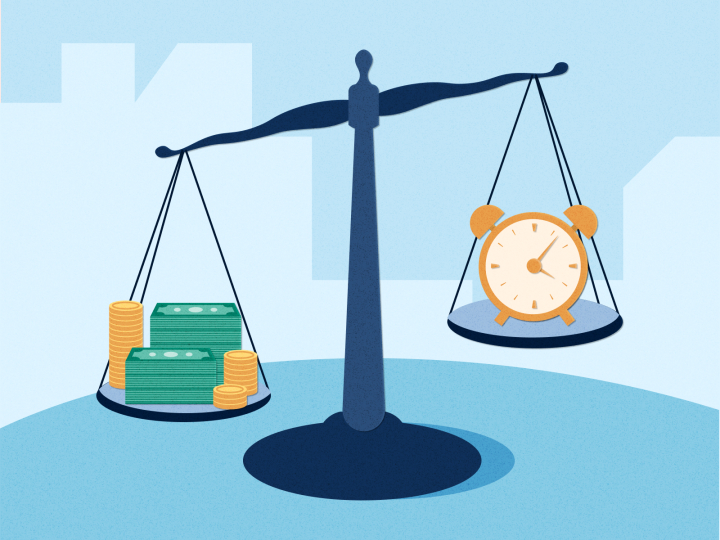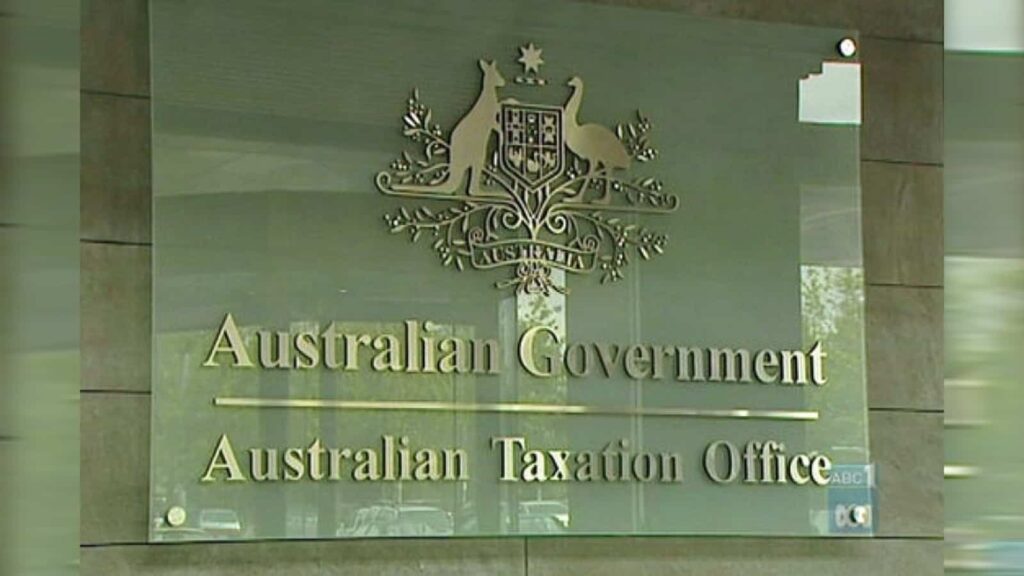The 50-20-30 guideline helps you set up a spending plan and develop spending habits by allocating certain amounts of your money for different purposes.
This budgeting technique is simple to use since it is adaptable. You should set aside at least half of your take-home income if you want to reach your financial objectives, but you shouldn’t spend more than 20% of it on frivolous things.
You check out the Pros and Cons for the 50 30 20 Budget.
Elizabeth Warren, a senator and potential presidential candidate, popularized the 50/30/20 rule. To put it simply, here is how it functions: Each month, you take your after-tax income and split it as follows:
50% goes for necessities (housing, food, utilities, insurance, minimal bill payments, etc.).
30% is spent on desires (new clothing, vacations, tickets to concerts, nights out, etc.).
20% for savings (retirement, over-the-minimum debt payments, down payment on a house, etc.)
In the paragraphs below we are going to delve further into the Simple Budget Template 50 30 20.
What is the Simple Budget Template 50 30 20?
In basic terms, the Simple Budget Template 50 30 20 is a budgeting method that allocates your income into three main categories: needs, wants, and savings. This budgeting approach is based on the principle of dividing your after-tax income into specific percentages to ensure financial stability and smart money management.
The factors that influence your 50/30/20 budget include age, income, wealth, family, security, risk, and goals. The 50/30/20 rule is not universal and can be adjusted based on personal circumstances.
Factors like age can impact the need for more savings, while income determines the allocation to each category. Wealth influences the need for savings based on assets owned.
The 50/30/20 budget is customizable; if the percentages don’t align with your situation, alternative ratios like 60/20/20 or 40/20/40 can be considered.
For instance, €1000 of your monthly after-tax income of €2000 should go toward meeting your necessities.
Thirty percent of your after-tax income can be allocated to desires, with the remaining fifty percent going toward meeting your most basic requirements.
You can use the remaining 20% to settle any outstanding bills or to reach your savings targets. Even if the minimal payments are regarded as necessities, any more payments are categorized as saves because they lower your current debt and future interest.
Setting away 20% of your monthly income on a regular basis will help you create a stronger, longer-lasting savings strategy.
If you have any questions about the Simple Budget Template 50 30 20, leave them in the comment section.




